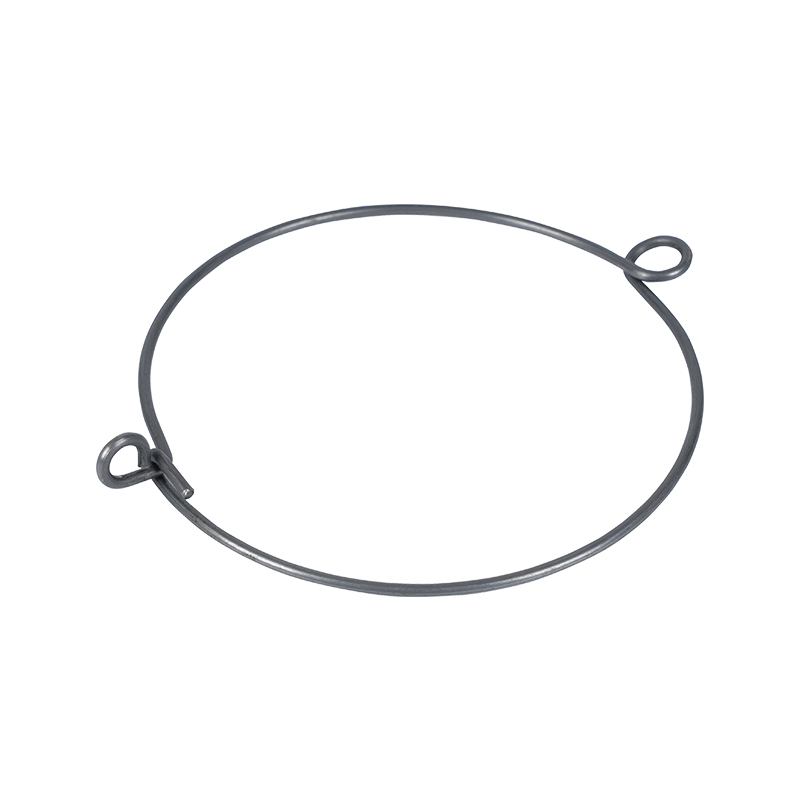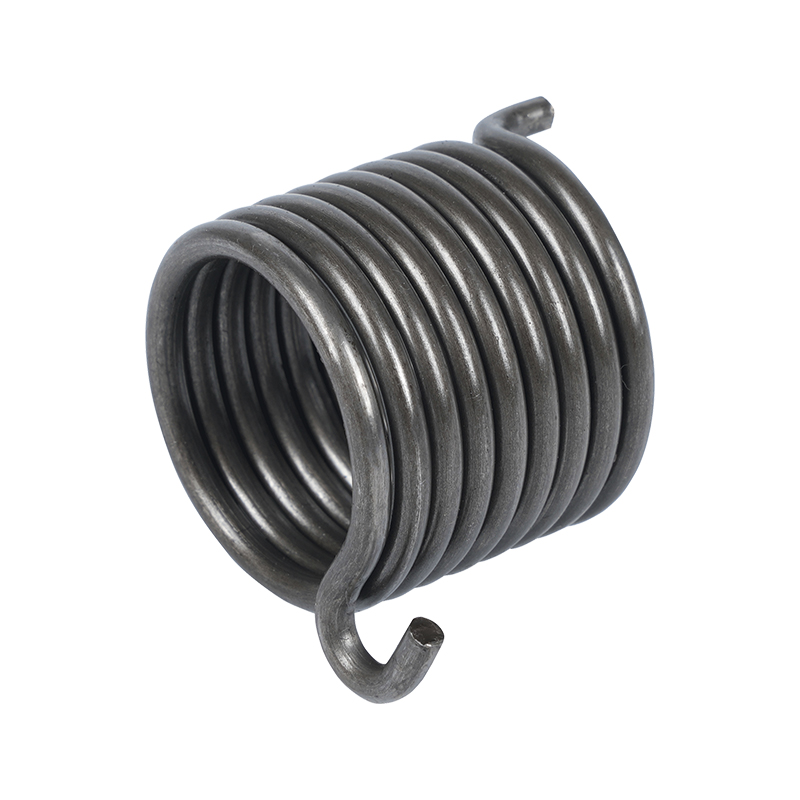Welded vs. Seamless: Which Steel Pipe Is Suited for Your Application?
Selecting the steel pipe is a critical decision impacting the safety, longevity, and cost-effectiveness of projects across diverse sectors—from construction and energy to manufacturing and infrastructure. Central to this choice is understanding the fundamental manufacturing methods: Welded Steel Pipe Fabrication and Seamless Steel Pipe Fabrication. Grasping the distinct characteristics imparted by each steel pipe fabrication process is essential for matching the pipe to your specific application requirements.
Understanding Welded Steel Pipe Fabrication
Welded pipe originates from flat steel plate or coiled strip, known as skelp. The core steel pipe fabrication process involves shaping this skelp into a cylinder. Continuous rolling mills typically achieve this forming. Once the edges are brought together precisely, they are permanently fused using various welding techniques. Key methods define modern welded steel pipe fabrication:
Electric Resistance Welding (ERW): Electrical current heats the edges to forging temperature, followed by pressure fusion. Modern High-Frequency ERW (HF-ERW) produces high-integrity welds suitable for many demanding applications, showcasing advanced steel pipe fabrication.
Submerged Arc Welding (SAW): Predominantly used for large-diameter pipes, the weld arc operates beneath a layer of granular flux, enabling deep penetration and creating high-strength seams. SAW is a fundamental steel pipe fabrication technique for critical line pipe.
Longitudinal Seam Welding (LSAW): Steel plates are formed into a ""U"" then an ""O"" shape before the longitudinal seam is welded, usually via SAW. This steel pipe fabrication method excels for thicker walls and larger diameters.
Spiral Welding (HSAW): A continuous steel strip is helically wound and welded along the spiral seam. This steel pipe fabrication approach efficiently produces large diameters from narrower coil stock.
Ensuring weld integrity is paramount in welded steel pipe fabrication. Rigorous post-weld heat treatment (PWHT) and non-destructive testing (NDT), such as ultrasonic or radiographic inspection, are critical phases. These steps verify seam quality and relieve stresses induced during the steel pipe fabrication welding process. The primary advantages stemming from this steel pipe fabrication method are versatility in sizes (especially large diameters) and generally lower production costs compared to seamless. However, the inherent presence of the welded seam means consistent, high-quality control throughout the welded steel pipe fabrication process is non-negotiable.

Mastering Seamless Steel Pipe Fabrication
Seamless pipe, as its name denotes, possesses no longitudinal weld seam. Its steel pipe fabrication journey starts with a solid, heated cylindrical steel billet. The billet is pierced through its center using a mandrel to create a hollow shell. This shell is then elongated and meticulously refined to achieve the precise diameter and wall thickness through hot-working processes like rotary elongation, plug rolling, or pilger milling. This seamless steel pipe fabrication involves significant deformation under intense heat and pressure.
The seamless steel pipe fabrication process yields a pipe with a homogeneous, continuous grain structure around its entire circumference. The absence of a welded seam eliminates that as a potential line of weakness. This characteristic often makes seamless pipe inherently stronger under specific stress types, particularly high internal pressure and torsional loads. Furthermore, the uniformity of wall thickness and concentricity achievable through high-precision seamless steel pipe fabrication is typically superior. However, this process is inherently more complex and energy-intensive and generally results in higher costs and longer production times. Practical limitations also exist on the diameter and wall thickness efficiently producible via seamless steel pipe fabrication.
Determining the Right Fit: Application Dictates Choice
The question isn't which type is universally superior, but rather which steel pipe fabrication process serves the specific application demands. Key differentiating factors emerge:
Origins: Welded pipe is born from formed and welded skelp, while seamless pipe originates from pierced and rolled solid billets.
Applications: Welded pipe excels in large-diameter applications like water transmission mains, structural piling, fencing, scaffolding, and low-to-medium pressure process piping. Seamless pipe is the preferred choice for high-pressure/high-temperature environments such as boiler tubes, high-pressure hydraulic systems, oil & gas downhole tubing, and critical process lines under severe service conditions.
Strength Characteristics: Welded pipe offers high strength, but the seam remains a potential focal point requiring rigorous quality control within its steel pipe fabrication. Seamless pipe provides uniformly high strength throughout its circumference.
Cost Considerations: Welded pipe generally offers significant cost advantages due to its steel pipe fabrication efficiency. Seamless pipe commands a higher price point reflecting its more complex steel pipe fabrication.
Size Capabilities: Welded steel pipe fabrication provides a very broad size range, accommodating everything from small to ly large diameters. Seamless steel pipe fabrication is constrained to small and moderate diameters.
Critical Focus: For welded pipe, weld quality is the absolute priority throughout the steel pipe fabrication and inspection process. For seamless pipe, the focus is on the inherent homogeneity and dimensional uniformity achieved during steel pipe fabrication.
Choose Welded Pipe When:
Project budgets are a primary constraint.
Large diameters are essential (common in infrastructure and structural uses).
Applications involve lower pressures or non-critical services (e.g., certain water lines, HVAC, fencing).
Modern, rigorously controlled steel pipe fabrication methods like HF-ERW or SAW demonstrably meet the required pressure ratings and industry standards (ASTM, API, ASME).
Choose Seamless Pipe When:
Applications demand resilience under very high pressures, elevated temperatures, or critical service (refineries, power generation, deep well operations).
safety and reliability under operating conditions are paramount.
Exceptional uniformity of wall thickness and concentricity are crucial for performance (e.g., precision mechanical systems).
The required diameter falls within the feasible range for seamless steel pipe fabrication.
The welded versus seamless debate resolves not by declaring a winner, but by understanding how each steel pipe fabrication process shapes the final product's capabilities. Welded steel pipe fabrication offers versatility and economy, especially for larger sizes, while seamless steel pipe fabrication delivers unparalleled homogeneity and strength for the demanding environments. Both methodologies are indispensable pillars supporting modern industry.
Making an informed decision requires careful evaluation of application-specific factors: pressure, temperature, corrosiveness, required diameter, budget, and service criticality. By prioritizing these elements, engineers and specifiers can confidently select the pipe type whose steel pipe fabrication heritage aligns with the project's performance, safety, and economic needs. Always reference relevant industry standards and partner with reputable suppliers who demonstrate stringent quality control throughout their steel pipe fabrication process, be it welded or seamless. The success and safety of your application hinge on this fundamental understanding of steel pipe fabrication.


 English
English русский
русский Español
Español











